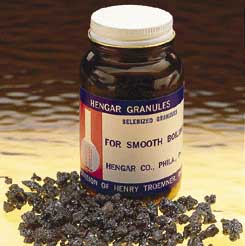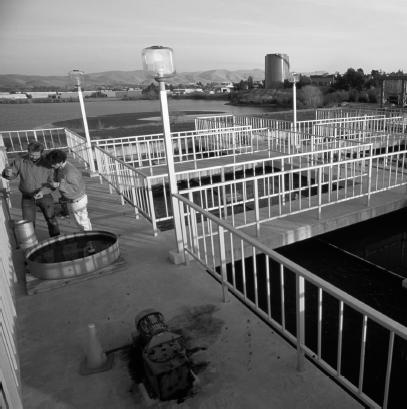|
5:30 PM
Sunday, March 20, 2011 Simple Distillation by Kok Zhi Yee :D
SIMPLE DISTILLATION Simple Distillation is the process of boiling a liquid mixture/solution and condensing the vapour to obtain a pure liquid. [which means, separating liquids from the solution] :) PROCEDURE 1. Solution mixture is heated in a flask until the mixture boils.  2. Pure liquid turns into a vapour and leaves the flask.   2. In the condenser, vapour condenses to pure liquid. 3. Pure liquid is collected as distillate.   REAL WORLD APPLICATION OF SIMPLE DISTILLATION In distillation, the more volatile component of the mixture—that is, the part that is more easily vaporized—is separated from the less volatile portion. With regard to the illustration used above, of separating water from salt, clearly the water is the more volatile portion: its boiling point is much, much lower than that of salt, and the heat required to vaporize the salt is so great that the water would be long since vaporized by the time the salt was affected. Once the volatile portion has been vaporized, or turned into distillate, it experiences condensation—the cooling of a gas to form a liquid, after which the liquid or condensate is collected. Note that in all these stages of distillation, heat is the agent of separation. This is especially important in the process of fractional distillation, discussed below. The process of removing water vapor from salt water, described earlier, is an example of what is called "single-stage differential distillation." Sometimes, however—especially when a  A WATER FILTRATION PLANT IN CONTRA C OSTA COUNTY , CALIFORNIA . (James A. Sugar/Corbis. Reproduced by permission.) I think distillation is important as we will get to separate mixtures to get the pure liquid. If it does not exists, we are not able to extract essential oils from plants or separate alcohol from water to make distilled spirits such as vodka. |
|
